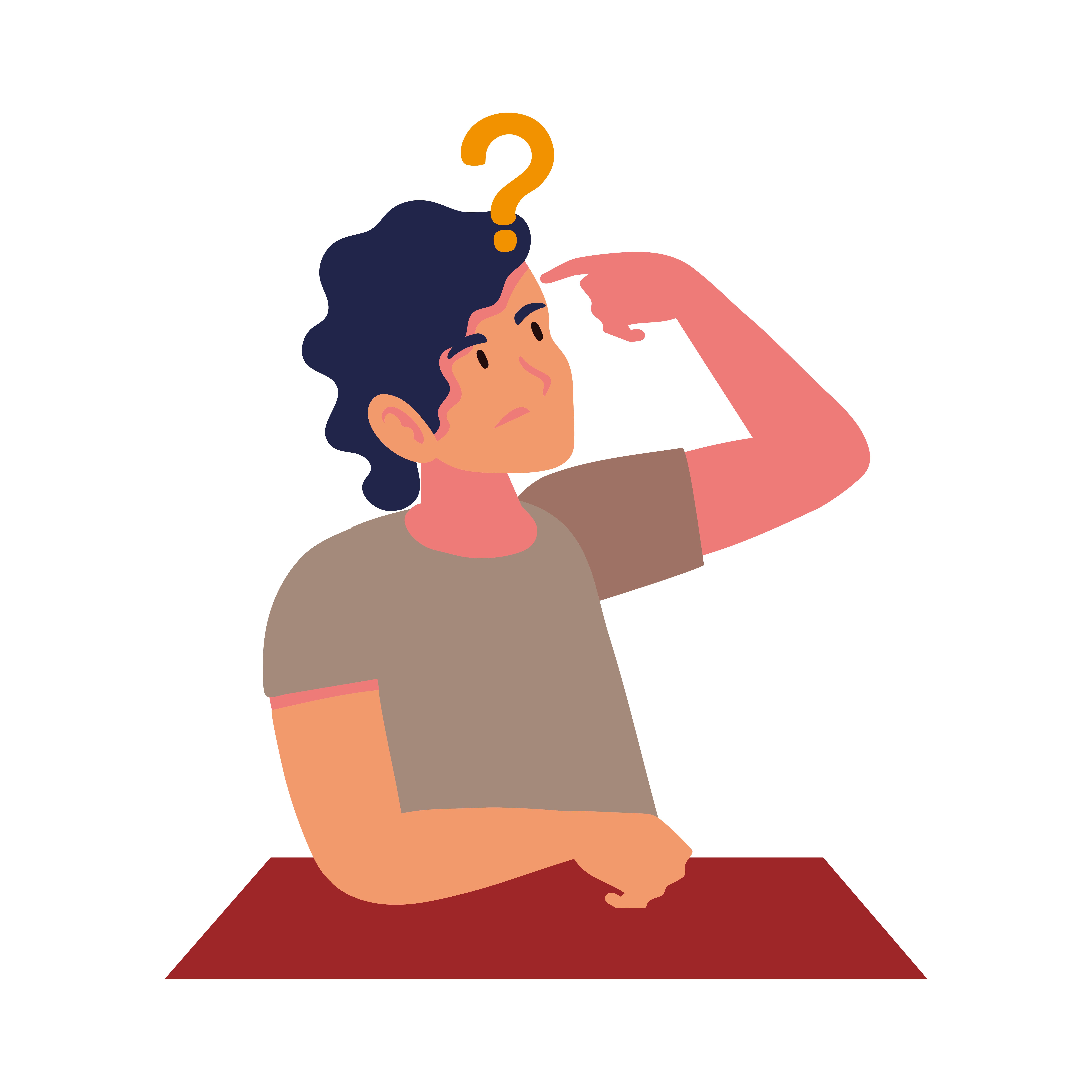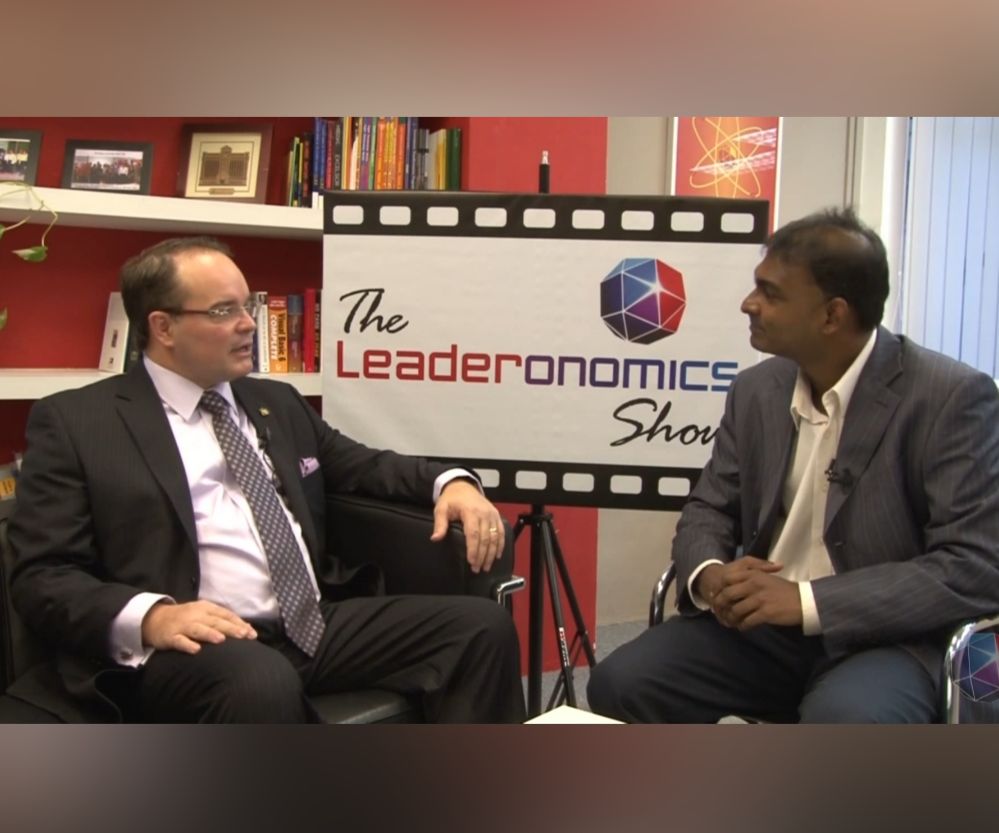Develop Your Executive Presence

What makes people’s heads turn when they see certain individuals? Why do certain people tend to attract the attention of their colleagues, superiors and employees despite their position, while others seem to be invisible despite having some brilliant ideas?
It all boils down to how we carry ourselves, behave, and mould people’s perception of us. It comes down to our ‘executive presence’.
Executive presence is our image and personal brand. It is through this image or brand that people form opinions of us. They judge our professionalism, seriousness, character, strengths and everything else that may sway them towards giving us more attention.
‘Executive’ is a tern often used without a clear understanding of what it means. In Malaysia, for example, an ‘executive’ position usually refers to one at the beginning stages of the career ladder.
However, executive presence, according to coach, speaker and writer of the book The Next Level, Scott Eblin, may be defined as “your ability to get results, especially when the expectations around results are continually changing. Second, it’s about the behaviours you exhibit at the personal, team and organisational levels. When your behaviours align with the expected results, you have executive presence.”
In an increasingly demanding work environment, you need to have the ability to carry yourself in a way that others would want to listen to you, have you lead their teams and organisation, and would trust that you can make an impact on clients, collaborators and competitors alike.
Suzanne Bates, executive coach and CEO of Bates Communications, argues that there are seven elements to executive presence. Let’s have a look at each of them individually, and by the end of this article, you can perhaps evaluate yourself and see how you can improve your executive presence.
SUBSTANCE
Even though this is the most obvious attribute of a strong leader and a successful professional, it is often not mastered. Substance means having the knowledge and expertise to carry out your duties in your role, but also go beyond that. It entails being able to communicate this knowledge to your team in a manner that they can easily understand you and that is professional, well-documented, and convincing.
PERSONAL STYLE
Personal style is crucial in improving your executive presence. Image does matter, and it is important to dress for the role we hope to one day hold. Dressing in professional attire that exudes power, after all, gives us the push we need to also act as someone more powerful.
PHYSICAL PRESENCE
The way you come across to others influences your executive presence immensely. From the way you greet people, shake hands, use eye contact, smile, and the way you deliver your message (enthusiasm and energy being of course preferred to a lifeless narration), to the way you sit, eat, and move, you make impressions on the minds of those around you who then classify you as someone that is sophisticated, composed, energetic, enthusiastic, full of ideas and charm, as opposed to someone who is shabby, boring, pessimistic, and difficult to deal with.
VOCAL SKILL
Your voice has much to say about what kind of person you are. Clarity and tones are very important, as well as the ability to convey and control emotions when necessary through the voice. After all, having a conflicting body language and tone of voice may send out mixed signals.
MANNERS/ETIQUETTE
Manners and etiquette at work are not much different than in our everyday lives. Like for any form of interaction between well behaved humans, make sure that you treat everyone, no matter what level they are at, as equals.
Value the help and opinions of everyone around you, be grateful for help that is offered to you, and make sure you do as much as you can to help those around you as well. In simple words, be a nice person.
RECEPTIVITY/LISTENING
The importance of listening to those around you, no matter what your position is, cannot be overstated. Listening means really taking in and processing what your colleagues are telling you, discussing with them and understanding their viewpoint irrespective of whether you agree with them or not.
WORKSPACE
A person’s desk can say a lot about the kind of person he/she is. A tidy, well-organised and clutter-free desk indicates someone composed, calm, organised and grounded. The opposite would indicate a person who is constantly in a state of chaos and disorder – not a great image to portray to your colleagues and bosses.
GET STARTED
How do you improve yourself now that you read this? Make some time to think through the different areas discussed here. Which of these are you actually doing, to some extent, and which are lacking?
Speak to trusted friends and colleagues, someone who would be honest with you, and listen to how they perceive of you. And one at a time, work towards cultivating your executive presence. Before you know it, people will start to notice the difference. Before long, they’ll be turning their heads and listen to you more.
Leadership
Tags: Foundational Leadership, Emerging Leadership, Personal Growth, Identity





